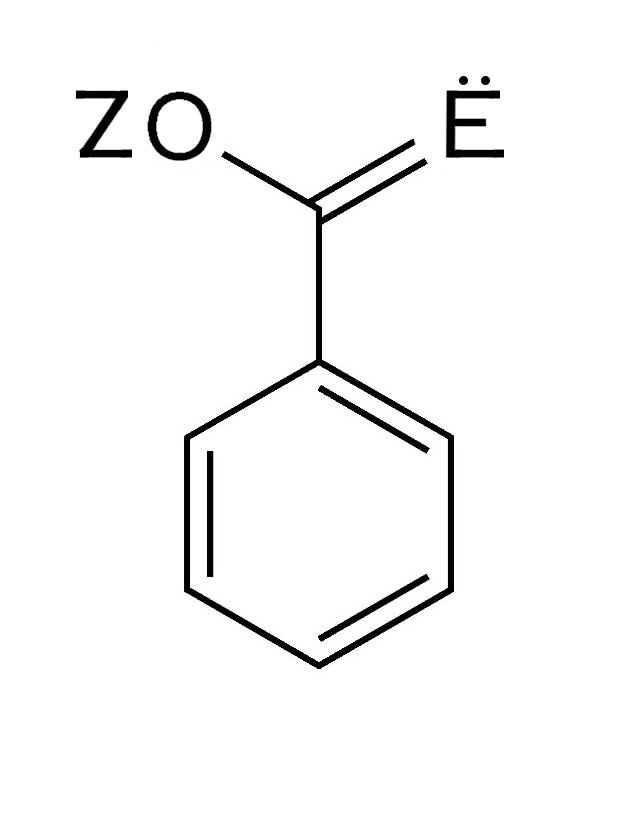Sequence-dependent base pair opening of dsDNA catalysed by helicase
Computational Chemistry, HIMS, University of Amsterdam
Separating the double helix in DNA, making the nucleobases accessible for chemical mutation and hydrogen exchange is a fundamental process for any living organism. It is required for crucial cellular processes including DNA replication, recombination, repair, and transfer during conjugation. By analyzing earlier studies, we report on the sequence-dependent unwinding of the DNA double helix catalyzed by the superfamily 1 and 2 enzymes helicase. The results demonstrate that in any given base pair, the lifetime can exhibit a strong dependence on sequence context, suggesting that the opening rates of base pairs are sequence-dependent. The asymmetric intermediates formed during unwinding, show to have a higher unwinding efficiency in the presence of stacked purine/pyrimidine nucleobases at the displaced strand.
These stacked nucleotide bases form a barrier, which is predicted to be the key feature of the helicase unwinding model. Using various characterization models including PXD, RecD2, and, PcrA, the asymmetric base pair dynamics are related to the stacked purine/pyrimidine unwinding efficiency (H-unwind). The results suggest that the displacing strand, containing a pyrimidine/purine-rich sequence, kinetically favors base pair opening over base pair stability, regardless of the type and direction of helicase. It can be concluded that the activity of helicase is regulated by the sequence-dependent nucleic acid duplex. That is, the activity of helicases is direction dependent with a preferred unwinding direction.
